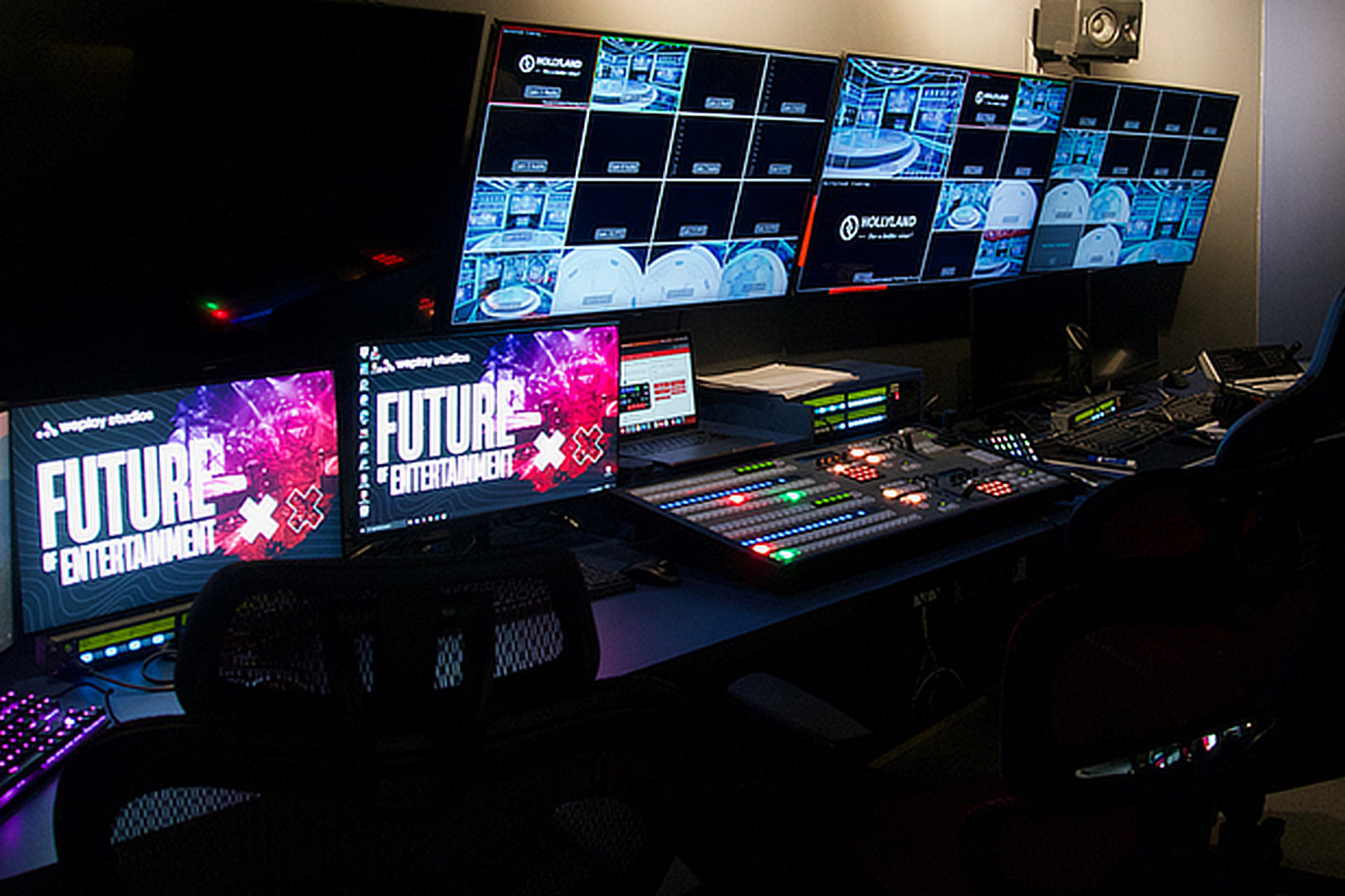Illumination plays a vital role in video projection because it sets the mood and feel of the exhibit. Different illumination methods can evoke various emotions and reactions from the viewers. For instance, using soft, cozy illumination can create a inviting environment, while vivid, cool lights may produce a more energetic or dramatic effect. By carefully selecting light colors and brightness, creators can influence how audience interpret the displayed visuals, leading to a more engaging encounter. The equilibrium between projection brightness and ambient illumination is crucial, as it can greatly impact the clarity and effect of the images.
In addition to, hue and brightness, the angle of illumination also affects the effectiveness of projection. Lighting from different angles can generate contrast and accents that introduce dimension to the mapped images. This technique, known as chiaroscuro, can next enhance the three-dimensionality of the objects being mapped. Furthermore, using moving lights can add dynamism to the display, making the experience more engaging for the audience. When the light interacts with the projected visuals, it can create an illusion of motion and change, grabbing the audience's focus.
Another important element of illumination in mapping in the use of unique features. Methods such as patterned lighting, which uses patterns and shapes to filter light, can add texture and complexity to the mapping. This approach enables creators to superimpose visuals and produce visually stunning effects that complement the mapping. Moreover, adding laser lights or light-emitting diode illumination can additionally enhance the display, offering a distinct mix of sight components that attract the viewers in. These special effects, when used thoughtfully, can elevate the mapping into a basic show to an engaging work of art.
In conclusion, the impact of lighting techniques on motion mapping is significant. By comprehending how different lighting elements interact with mapped visuals, creators can create captivating experiences that connect with go to this site audience. The thoughtful choosing of color, intensity, direction, and unique features enables for a rich tapestry of visual narrative. As tech advances to grow, the possibilities for creative showcasing in projection will only grow, making lighting an ever-important component in this innovative art medium.
